Braid It Like Beckham: Sporty Styles That Score Big
In the world of fashion and sports, the lines continue to blur as athletes and brands collaborate to create styles that not only speak to performance but also to aesthetics. The modern sportswear aesthetic is more than just functional; it’s become a statement of identity, empowerment, and culture. One of the most striking symbols of this blend is the hairstyle sported by influential athletes—braids. In particular, the name “Braid It Like Beckham,” inspired by soccer legend David Beckham, encapsulates this synthesis of sport and style. This article delves deep into how sporty hairstyles, particularly braids, have transcended their functional roots to become prominent style statements, and examines various cultures, trends, and the role of celebrity influence.
A Brief History of the Braid
Braiding is one of the oldest methods of styling hair, with its origins dating back thousands of years. Evidence of braided hair has been found in various ancient civilizations, from the Egyptians to the Greeks. Throughout history, braiding has served multiple purposes: it not only signifies status and beauty but also provides functional benefits, especially for individuals engaging in physical activities.
In the realm of sports, braids have become particularly popular among female athletes, often seen as a practical method to keep hair under control during intense activities. However, the influence of braids in men’s grooming, particularly in sports, is a more recent development. Figures like David Beckham have played a significant role in this shift, using their platforms to redefine masculine beauty standards.
David Beckham: More Than Just a Soccer Legend
David Beckham, who rose to global fame in the 1990s, is not only known for his impressive soccer career but also for his distinct sense of style. Beckham’s hairstyles have been a topic of conversation throughout his career. From his "mohawk" to his braids, Beckham has continually pushed the boundaries of masculinity and fashion in sports. His choice to sport braided hair at various points has sparked trends and encouraged fans to embrace hairstyles that were previously considered unconventional for men.
Beckham’s braids reflect a fundamental shift in how men perceive their appearances. His willingness to adopt and popularize braided styles has opened the door for other male athletes to do the same. For example, the trend has been embraced by NBA players such as Russell Westbrook and Jimmy Butler, both known for their dynamic style both on and off the court.
The Cultural Significance of Braids
African Roots
Braids have deep cultural significance in many African communities. Historically, braiding styles have conveyed social status, age, marital status, and even tribal affiliation. In contemporary culture, many black athletes proudly embrace their heritage through intricate braided hairstyles, highlighting their roots. Notable figures like Serena Williams and Simona Halep have also demonstrated this connection, often appearing in sporting events with traditional braids.
Hip-Hop and Pop Culture
The resurgence of braids in mainstream fashion can largely be attributed to the influence of hip-hop culture. Artists like A$AP Rocky and Lil Uzi Vert have prominently featured braids in their visual aesthetics. The crossover between music, sports, and fashion amplifies this trend, making it accessible and appealing to wider audiences.
Athletes often find themselves intertwined with music culture, where labels and genres coalesce. The combination of sweat-soaked jerseys and meticulously styled hair encapsulates a modern aesthetic that speaks to creativity, individuality, and cultural pride.
The Rise of Athleisure: Fashion Meets Functionality
As athleisure continues to dominate the fashion landscape, the practicality of sporty hairstyles like braids becomes even more essential. Athleisure embodies a lifestyle that merges athletic wear with casual style, allowing individuals to transition seamlessly from the gym to social outings.
With this blending of aesthetics, there is a heightened demand for hairstyles that can endure strenuous activities while still maintaining a chic look. Braids serve as the perfect solution. They offer not only a degree of sophistication but also practicality through their ability to withstand movement and sweat.
Sporty Styles Beyond the Braid
While braids have taken center stage, the sporty aesthetic is multifaceted. Athletes around the world have explored various styles that complement their wardrobes and lifestyles.
The Ponytail
The ponytail is a quintessential sporty hairstyle that has stood the test of time. Seen on athletes from gymnasts to runners, the ponytail remains a favorite due to its simplicity and effectiveness. Athletes like Misty Copeland have become known for their elegant ponytails, which continue to inspire young gymnasts and dancers globally.
The Topknot
The topknot, often associated with yoga practitioners and dancers, has become popular among athletes in sports that require agility and movement. It is a versatile style, accommodating various hair types and lengths. The ability to modify the topknot into something more ornate or chic serves as a bridge between casual and upscale appearances.
The Undercut
For male athletes, the undercut has emerged as a contemporary fashion statement. This style allows for creativity, as individuals can experiment with hair length and design on top while keeping the back and sides short. Athletes like NFL star Odell Beckham Jr. have popularized the undercut by incorporating unique patterns and colors, proving that soccer, football, and other sports spheres are not devoid of personality and flair.
The Influence of Social Media
The rise of social media platforms like Instagram and TikTok has fundamentally changed how styles and trends propagate. Athletes are now influencers, and their hairstyles, outfits, and overall aesthetic can inspire millions of followers around the globe.
This phenomenon can be exemplified through the #BraidItLikeBeckham challenge on TikTok, where fans and aspiring athletes replicate different braided styles, giving them a playful twist. This democratizes the notion of athletic style, making it accessible to everyone, regardless of athletic ability. The ripple effect of trends can be traced back not only to individual performances in sports but also to creative expressions shared widely on social media.
Athletic Brands and Braid Culture
The collaboration between athletes and fashion brands has flourished, with renowned athletic brands capitalizing on the sporty aesthetic to launch specific collections that cater to the overlapping interests of sports enthusiasts and fashion-forward consumers.
Nike and Athlete Partnerships
Brands like Nike have successfully collaborated with athletes to create limited-edition collections inspired by their personal styles. For instance, one offering might celebrate Serena Williams’ iconic braids or create a footwear line inspired by her powerful presence on and off the court. These collaborations serve as a form of artistic expression and reinforce the connection between sports, fashion, and culture.
Puma and the Power of Influence
Puma has also redefined its brand through partnerships with athletes like Rihanna and Selena Gomez, blending athletic wear with high fashion. The intersection of sports and elevated style speaks to a growing demographic that prioritizes performance without compromising on fashion.
Braid Maintenance: Tips and Tricks
For those looking to embrace a sporty style and incorporate braids into their routine, it’s essential to keep the maintenance in mind. The following sections provide practical advice on how to care for braids to ensure longevity and a polished appearance.
Choosing the Right Products
Selecting the right hair products can significantly influence the longevity of your braids. Opt for lightweight leave-in conditioners, natural oils, and protective serums that nourish the hair without weighing it down. Avoid heavy gels or waxes that can lead to buildup and cumbersome movement.
Protection is Key
When engaging in sports or strenuous activities, it’s vital to take precautions to minimize hair damage. Consider wrapping your hair in a satin scarf or sleeping on satin pillowcases to reduce friction while you rest. Additionally, consistent moisturization will help maintain vibrancy and moisture in your braids, keeping them looking fresh and sleek.
Regular Maintenance
Regular maintenance is essential for the upkeep of braids. Ensure that you maintain your scalp health by cleansing gently and applying a light moisturizer. Depending on your hair type and activity level, you may want to re-braid sections of your hair every few weeks to prevent excessive breakage.
Conclusion: Embracing Individuality Through Sporty Styles
The intersection of sports, culture, and fashion has birthed an exciting era characterized by bold self-expression through style. “Braid It Like Beckham” not only pays homage to one of sports’ most iconic figures but also encapsulates the broader cultural currents flowing between athleticism and fashion. Braids, once merely a practical choice for athletes, have now become a fashionable statement of identity, culture, and empowerment.
As more athletes and influencers embrace and popularize hybrid styles, we can expect this trend to continue evolving. The future of sporty hairstyles is vast, and as individuals continue to explore and redefine their aesthetics, we celebrate the creativity and cultural significance behind each braid, ponytail, and intricate style that scores big.
In this dynamic world, every twist and turn not only scores points in the game but also illustrates a profound narrative rich with history, individuality, and cultural pride. Embracing stylish, sporty looks is more than just an aesthetic choice; it is a celebration of self and a testament to the ever-evolving tapestry of individual expression.


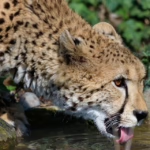

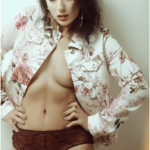










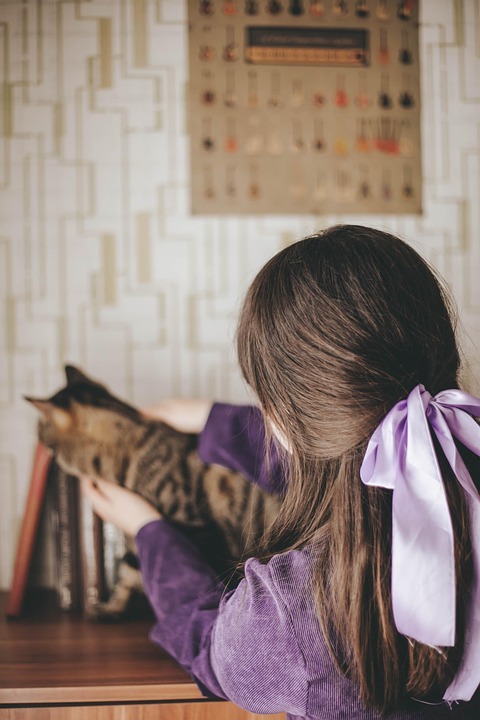
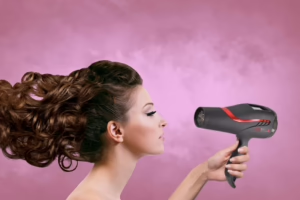

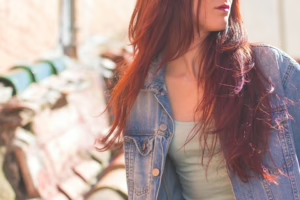







Add Comment